Andrew Plumptre
Enhancing Poaching Predictions for Under-Resourced Wildlife Conservation Parks Using Remote Sensing Imagery
Nov 20, 2020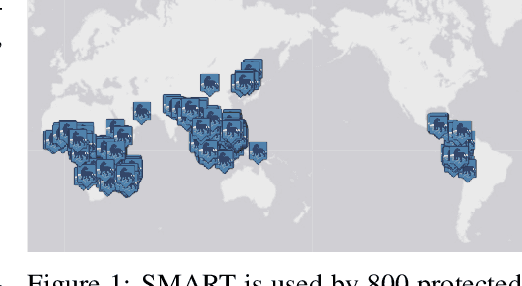
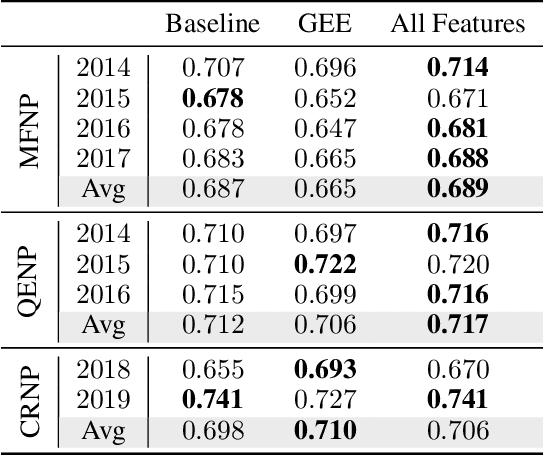

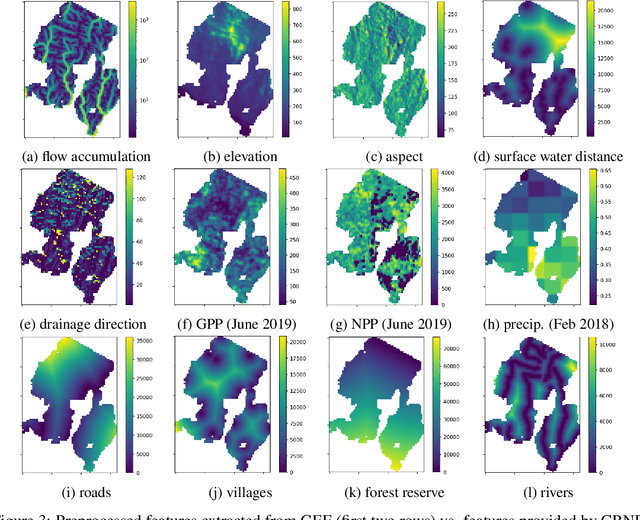
Abstract:Illegal wildlife poaching is driving the loss of biodiversity. To combat poaching, rangers patrol expansive protected areas for illegal poaching activity. However, rangers often cannot comprehensively search such large parks. Thus, the Protection Assistant for Wildlife Security (PAWS) was introduced as a machine learning approach to help identify the areas with highest poaching risk. As PAWS is deployed to parks around the world, we recognized that many parks have limited resources for data collection and therefore have scarce feature sets. To ensure under-resourced parks have access to meaningful poaching predictions, we introduce the use of publicly available remote sensing data to extract features for parks. By employing this data from Google Earth Engine, we also incorporate previously unavailable dynamic data to enrich predictions with seasonal trends. We automate the entire data-to-deployment pipeline and find that, with only using publicly available data, we recuperate prediction performance comparable to predictions made using features manually computed by park specialists. We conclude that the inclusion of satellite imagery creates a robust system through which parks of any resource level can benefit from poaching risks for years to come.
Stay Ahead of Poachers: Illegal Wildlife Poaching Prediction and Patrol Planning Under Uncertainty with Field Test Evaluations
Mar 08, 2019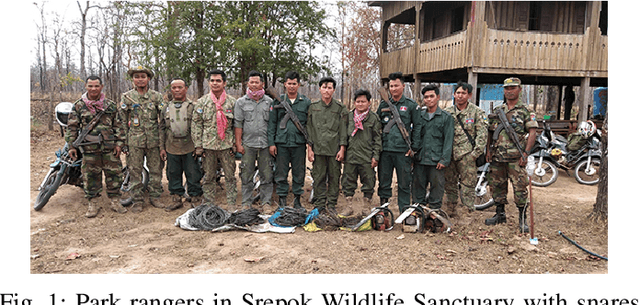
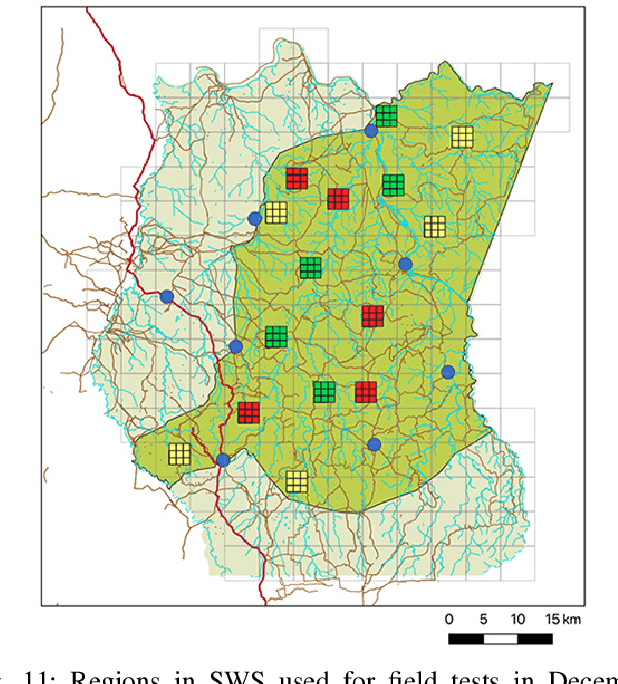
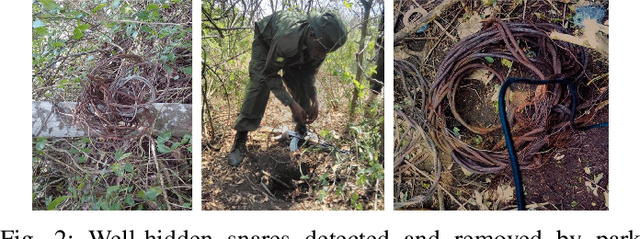

Abstract:Illegal wildlife poaching threatens ecosystems and drives endangered species toward extinction. However, efforts for wildlife monitoring and protection in conservation areas are constrained by the limited resources of law enforcement agencies. To aid in wildlife protection, PAWS is an ML pipeline that has been developed as an end-to-end, data-driven approach to combat illegal poaching. PAWS assists park managers by identifying areas at high risk of poaching throughout protected areas based on real-world data and generating optimal patrol routes for deployment in the field. In this paper, we address significant challenges including extreme class imbalance (up to 1:200), bias, and uncertainty in wildlife poaching data to enhance PAWS and apply its methodology to several national parks with diverse characteristics. (i) We use Gaussian processes to quantify predictive uncertainty, which we exploit to increase the robustness of our prescribed patrols. We evaluate our approach on real-world historic poaching data from Murchison Falls and Queen Elizabeth National Parks in Uganda and, for the first time, Srepok Wildlife Sanctuary in Cambodia. (ii) We present the results of large-scale field tests conducted in Murchison Falls and Srepok Wildlife Sanctuary which confirm that the predictive power of PAWS extends promisingly to multiple parks. This paper is part of an effort to expand PAWS to 600 parks around the world through integration with SMART conservation software.
 Add to Chrome
Add to Chrome Add to Firefox
Add to Firefox Add to Edge
Add to Edge